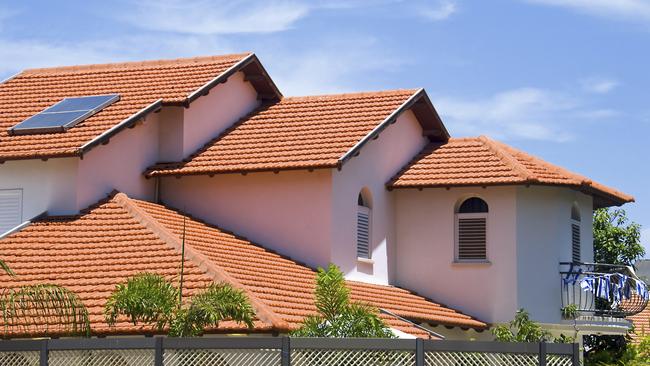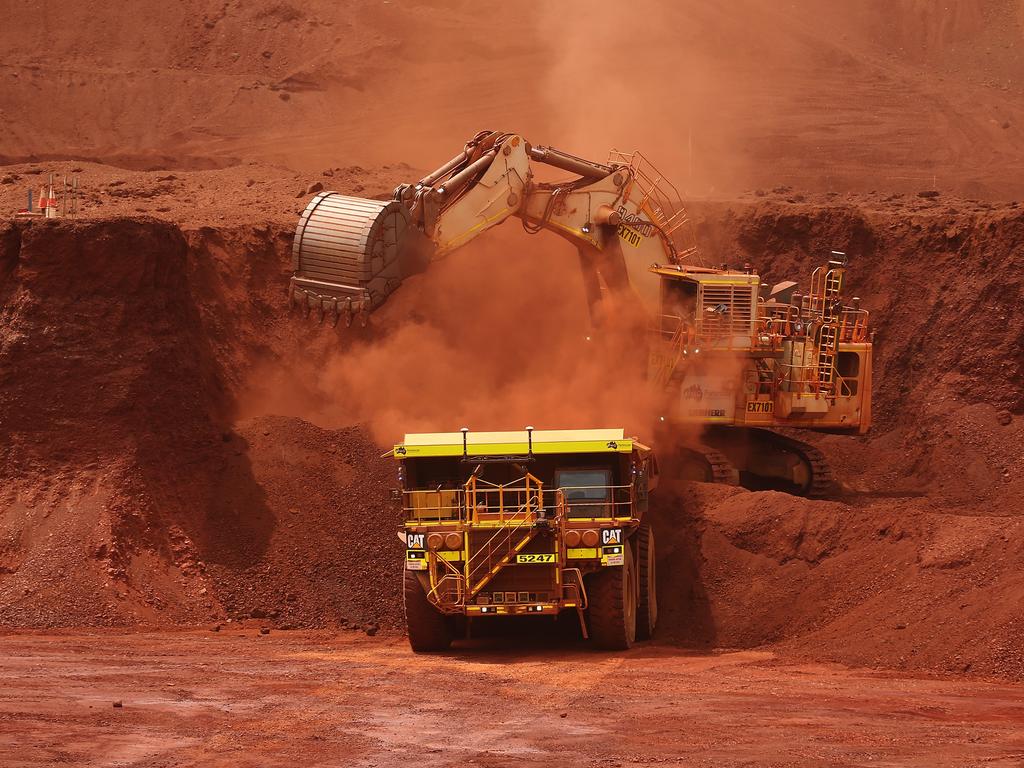Chasing the Australian Dream: Shifting trends in housing
The average Australian’s aspirations, for more or less, mean one thing – home ownership. If you work hard enough, you can buy a house.

The American dream is based on the premise that if someone works hard enough, they can achieve success in life regardless of social status. The average Australian’s aspirations, for more or less, mean one thing – home ownership.
If you work hard enough, you can buy a house.
The goal of owning a home is important to many. Having a home implies financial stability and success.
Generally, the tenure of a household varies directly with the life cycle stages, usually resorting to renting during the adolescence and teen years (when living independently), moving to home purchases and mortgages during the family formation stage, and finally, acquiring outright ownership at some point in the 50s.
Current demographic trends suggest that an entire generation of Australians are still chasing this dream.
In Australia, the Millennials (born 1984-1998) comprise 26 per cent of the total population, making them the most populous generation, according to the latest population estimates from the Australian Bureau of Statistics (ABS). Numbering more than 6.7 million people, the Millennials represent a larger group than Gen Xers (born 1964-1983), at some 5.7 million.
Millennials represent an attractive demographic, particularly in the housing market. Millennials are currently in their late 20s and early 30s and so are entering a family formation phase. As a result, their appeal to the housing industry is both logical and irresistible.
In fact, the ABS’s latest Housing Occupancy and Costs database supports this notion. This data is based on research conducted by the ABS every two years to study changing trends in Australian housing. The latest figures were published on May 25 for the 2019-20 fiscal year.
In terms of general housing trends, 66 per cent of Australian households own their own property, with or without a mortgage. This proportion has remained unchanged from 2017-18.
Over the past 20 years, however, this number has dropped by 5 percentage points from 71 per cent in 1999-2000. Homeowners who did not have a mortgage dropped dramatically from 39 per cent to 30 per cent, while those with a mortgage increased from 32 per cent to 37 per cent.
Almost one-third of Australian households rented in 2019-20, a slight increase from 32 per cent in 2017-18. Over the past 20 years, the proportion of renters has increased from 27 per cent to 31 per cent. While the number of public housing tenants declined from 6 per cent to 3 per cent, the number of private tenants increased from 20 per cent to 26 per cent.
The trends in tenure type are more or less in line with the change in demographics. Zoomers (born 1999-2018) and Millennials make up to 47 per cent of the total population. They are the largest generational groups on the Australian continent, which explains why the proportion of renters is increasing.
Similarly, with Millennials entering the home ownership phase of the life cycle, the total number of mortgagers has increased.
Hence the overall decline in home ownership levels over the past two decades is not so much a cause for concern, rather it is, in part at least, a reaction to the changing demographics of Australia.
The obsession around home ownership is not exclusive to first-time buyers.
The survey shows that about one in five (21 per cent) households owned a residential property other than their usual place of residence in 2019-20. Of the two million households who owned another property apart from their usual residence, about 4 per cent (one in 25) households owned at least four residential properties.
Taking a closer look at recent home buyers (those who purchased a home in the three years prior to the survey date) shows how this continues to be a trend in Australia.
Recent home buyers can be categorised into two groups: those who purchased their first homes as first home buyers; and those who previously owned a home as changeover buyers.
In 2019-20, there were about 1.1 million recent home buyers, out of which only 38 per cent were first-home buyers. Almost two-thirds had previously owned a home.
A majority of the changeover buyers were over 45 years of age. Not only did this lot purchase more homes than first-home buyers, but they were more likely to get bigger and more expensive houses compared with first-home buyers.
This means that the average value for dwellings purchased by first-home buyers was $582,100, compared with $772,700 for changeover buyers.
First-home buyers were more likely to purchase an apartment or a flat (16 per cent compared with 12 per cent for changeover buyers). Plus, a majority of first-time buyers bought a house with a mortgage (91 per cent).
Millennials accounted for 56 per cent of the first-home buyers in 2019-20.
Looking at the family composition of first-home buyers, about 69 per cent were either couple-families with children (41 per cent), or couple-only families (28 per cent). This suggests that Millennials may have started to outgrow their chic inner-city apartments and now require bigger housing for a bigger family.
Much to the Millennials’ dismay, the necessary bigger family homes are neither available nor affordable in inner suburbs. About one in six (17 per cent) dwellings purchased by first-home buyers were new. These properties are located in the urban fringe, thus forcing the Millennials to move out of their inner-city sanctuaries.
Interestingly, the data reveals that larger houses are not just popular among Millennials with growing families. Although the number of persons per household has remained the same over the past decade (at 2.6 persons per household), the number of bedrooms also remained the same at 3.1 bedrooms per dwelling (see graphic).
In 1911, the average number of people living in private dwellings was 4.5, dropping to 3.5 by 1966, and to 2.7 in 1991.
In the 20 years since 1991, there has been little change in the average household size, halting the previous downward trend.
Based on ABS 2016 Census data, 94 per cent of dwellings had three or more bedrooms.
Four-bedroom houses were the most common proportion among all private dwellings with 42 per cent, followed by five bedrooms at 27 per cent, and three bedrooms at 20 per cent.
The average number of persons per household was 2.6 at the same time. This shows that there are currently more bedrooms than people to fill them in most households.
When asked if households needed more bedrooms in the 2019-20 survey, only 3.8 per cent of the households responded that they required one or more bedrooms. About 19 per cent of the households said they did not need any extra room, while 79 per cent said they had at least one spare bedroom.
The need for bigger houses makes sense to a certain extent. The definition of a traditional home is continually evolving. Emotional, practical and financial reasons also weigh heavily here.
In practical terms, these unoccupied bedrooms are now serving as a home office, as recreational space such as a gym or theatre, and even for storage purposes.
The extra rooms might also be necessary for visiting grandparents providing childcare, for other visitors, or for the kids of divorced parents.
In general, the survey shows that demand for bigger houses is going upward.
Millennials will continue to dominate the first-homebuyer market in the next decade. And their inner-city apartments are right now up for grabs by hip young Zoomers who will soon leave the parental home to pursue education, career and the bright lights of the inner city.
The data suggests that the urban fringe will continue to expand in coming years as a result of the Millennials “moving in”, which will in turn create job opportunities and prompt more spending on infrastructure. Seachange and treechange suburbs will see an influx of changeover buyers in pursuit of lifestyle during the 2020s.
The growth in population, the changing composition of generations, and lifestyle changes such as later family formation, later retirement and kids living longer with their parents, will continue to reshape trends.
However, it will be a challenge to meet the demand for new housing without sufficient infrastructure and skills, as well as supply chain certainty, which will be the main factors in determining how housing trends unfold over the balance of the decade.
Hari Hara Priya Kannan is Data Scientist at The Demographics Group





To join the conversation, please log in. Don't have an account? Register
Join the conversation, you are commenting as Logout